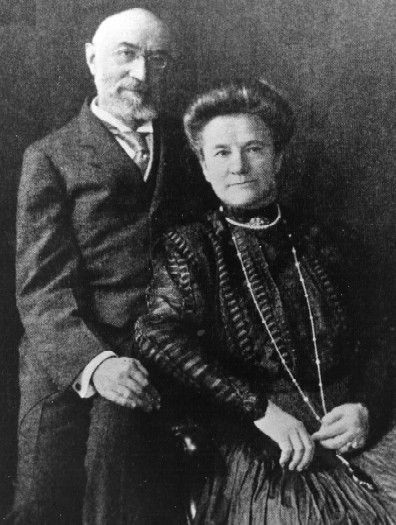100 year ago today, the RMS Titanic, which was deemed unsinkable and was the largest ship of its time, set sail on its maiden voyage from Southampton, England to New York City, NY. On April 14, 1912 at 11:40 pm, the British passenger liner struck an iceberg and sank almost three hours later killing 1,514 people. Only 710 people survived to recall the disaster.
The RMS Titanic has become a fascination with modern day historians, filmmakers, curators and artists, who attempt to piece together the events of that fateful night and illustrate its importance in history. After leaving Southampton on April 10, 1912, the Titanic stopped at Cherbourg, France and Queenstown, Ireland before departing toward New York.
Despite receiving warnings from other ships in the area of drifting ice, there were no reported incidents on the ship during its first three days at sea, so the Titanic continued to sail full speed ahead. By the time the iceberg was spotted on the night of the 14th, the ship was too close to completely go around it or put the ship into reverse. The starboard side scraped the iceberg causing the watertight compartments on the ship’s lower floors to be flooded. Captain Edward John Smith began ordering emergency evacuations of the Titanic.
The 46,000-ton ship, which is now settled at the bottom of the North Atlantic Ocean, has been revisited via submarines a number of times by explorers, scientists, tourists and salvagers recovering pieces of the ship and debris.
In honor of its centennial, a memorial cruise departed from Southampton today with 1,300 passengers aboard – some of whom even dressed in period costumes from the early 1900s. Also on the memorial ship were relatives of those who survived the Titanic in 1912. The cruise is scheduled to last for 12 days and will include meals from the Titanic’s original menus and a five-piece band that will perform pieces from that era.
The Titanic had only enough lifeboats to save 1,178 people despite carrying twice that number of people on her journey to New York City. Technically, the Titanic was within the regulations at the time, which only required British vessels to carry 16 lifeboats with a capacity of 990 passengers.
There were a number of prominent, first-class millionaires aboard the ship, who died in the wreck including: John Jacob Astor IV, the millionaire owner of the Waldorf Astoria hotel in New York City; Benjamin Guggenheim, a wealthy American businessman; and, Ida and Isidor Straus, who was co-owner of the Macy’s department store.
Eyewitness accounts from the night have said that Ida refused to get on the lifeboat without Isidor. She was heard saying, “I will not be separated from my husband. As we have lived, so will we die together.” The two were last seen sitting on top of the deck holding hands when a large wave swept them to sea.
This couple was memorialized in James Cameron’s 1997 movie, Titanic, as the elderly couple comforting each other in their bed as the ship sinks. Cameron’s Oscar-winning movie was rereleased on April 6, 2012 in 3D in honor of the 100-year anniversary.
In memory of those who lost their lives aboard the Titanic a century ago, a crew from the U.S. Coast Guard departed Boston, MA today with 1.5 million red rose petals to cover the water directly above where the ship lies. Kevin Boland, the bishop emeritus of Savannah, GA, blessed the petals with holy water before they were carried out to the ocean.
Some might wonder why the sinking of the Titanic has led to a century of fascination in the ocean liner. It was more than a minor accident in the middle of an ocean 100 years ago. It was the catalyst for a series of changes in maritime safety and improvements in regulations. Only 31 percent of the passengers on the ship survived causing incredible uproar and outrage from the public. This manmade vessel of immense power and promise for the future of progressive mechanics was a symbol of hope, but it only survived five days at sea. Society is enthralled with the Titanic because it is a reminder of mankind’s fragility even when things seem “unsinkable.”




No comments:
Post a Comment